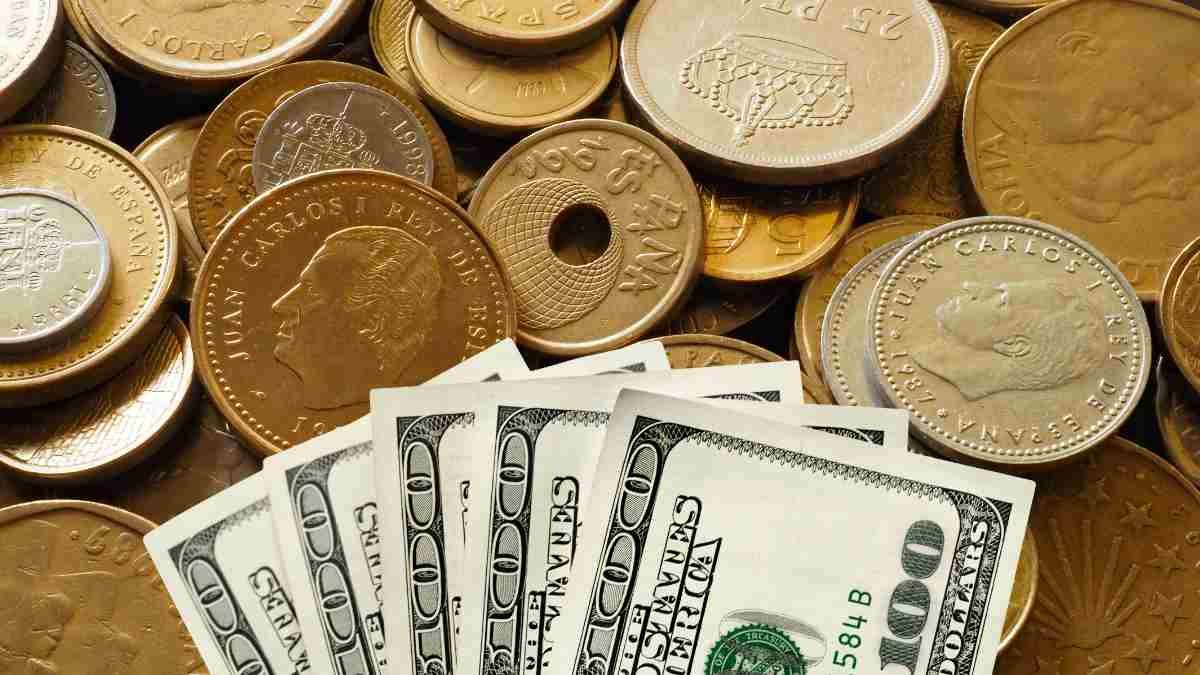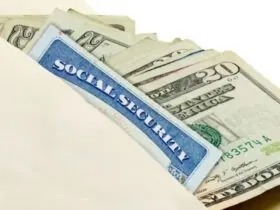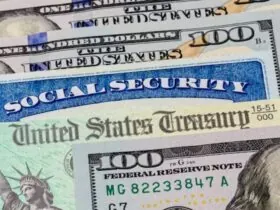The five peseta coin, affectionately known as the “duro,” holds a special place in the hearts of collectors and historians alike. These coins, minted between 1939 and 1975 during Francisco Franco’s regime in Spain, have witnessed a remarkable evolution in value. Though once a common sight in everyday life, today, certain variations of these coins are regarded as hidden treasures. Let’s explore the history, scarcity, and factors driving their worth over time.
The Era of Franco and the Five Peseta Coin
This Article Includes [hide]
- 1 The Era of Franco and the Five Peseta Coin
- 2 The Value and Reputation of Five Peseta Coins
- 3 Which 5 Pesetas Coins Are the Most Valuable?
- 4 A Record-Breaking Auction: The Most Expensive 5 Pesetas Coin
- 5 Why Are Some Coins So Valuable? The Historical Shift
- 6 Conclusion: The Legacy of the Five Peseta Coins
Between 1939 and 1975, Spain was under the dictatorship of Francisco Franco, and during this time, his image was featured on the country’s currency, including the five peseta coin. These coins became integral to daily life and earned the nickname “duro” among Spaniards. However, what might have seemed like ordinary currency at the time has since gained historical and numismatic significance.
The Value and Reputation of Five Peseta Coins
Not all five peseta coins are created equal. While many from this era can be found in abundance, specific mint years and star markings make some coins highly valuable. Among these, the coins minted in 1949 hold particular significance. However, it’s important to differentiate between the common and the rare.
- Common Coins: Coins from 1949 with the star marking ‘19-49’ were produced in large quantities, and their value today is generally modest, ranging up to 20 euros.
- Rare Finds: The variations featuring stars ‘19-51’ and ‘19-52’ were minted in smaller quantities, making them far more scarce and valuable.
This scarcity has turned these rarer coins into sought-after collectibles, with even subtle differences playing a key role in their value.
Which 5 Pesetas Coins Are the Most Valuable?
Though many of these coins circulate widely among collectors and households, some are truly exceptional. The least valuable five peseta coins are those minted in 1949 and 1950, with their worth ranging from 5 to 20 euros, depending on their condition. However, three specific coins stand out as extraordinarily rare, with values surpassing 30,000 euros.
A Record-Breaking Auction: The Most Expensive 5 Pesetas Coin
In the world of coin collecting, one particular five peseta coin has etched its place in history. In 2011, a rare 1949 specimen, marked with the stars ‘19-52’ and in uncirculated (SC) condition, was sold for an astounding 36,000 euros during an auction held by Cayón Subastas. This record-breaking sale highlighted the immense value of specific duro coins when found in pristine condition.
Why Are Some Coins So Valuable? The Historical Shift
The value of these coins goes beyond mere scarcity—historical factors also play a critical role. Experts believe that the transition from using silver to nickel in minting these coins contributed significantly to their rarity and desirability. While earlier coins were produced in silver, the decision to mint these coins in nickel marked a pivotal moment, particularly with the coins bearing the 1949 date and the stars ‘19-51’ and ‘19-52.’
Conclusion: The Legacy of the Five Peseta Coins
The five peseta coin may no longer be in circulation, but its legacy continues to capture the fascination of coin collectors and history enthusiasts. From common pieces that hold modest value to rare specimens that fetch tens of thousands of euros, the value of these coins is tied to their history, scarcity, and the unique circumstances of their production. For collectors, the duro represents not just a piece of currency, but a piece of Spain’s rich historical tapestry.











Leave a Reply